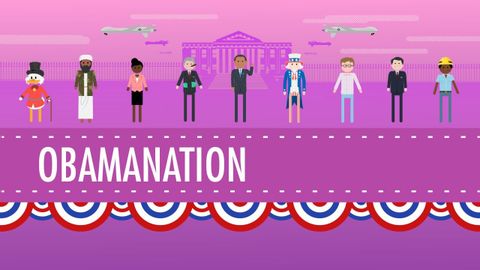
字幕と単語
オバメーション。クラッシュコース アメリカの歴史 #47 (Obamanation: Crash Course US History #47)
00
Yaya Maysier が 2021 年 01 月 14 日 に投稿保存
動画の中の単語
financial
US /faɪˈnænʃ(ə)l/
・
UK /faɪˈnænʃl/
- adj.金銭上の;投資の;商業の;経済の
- n. (c.)ファイナンシャルアドバイザー
- n. (c./u.)財政援助
A2 初級TOEIC
もっと見る エネルギーを使用
すべての単語を解除
発音・解説・フィルター機能を解除
